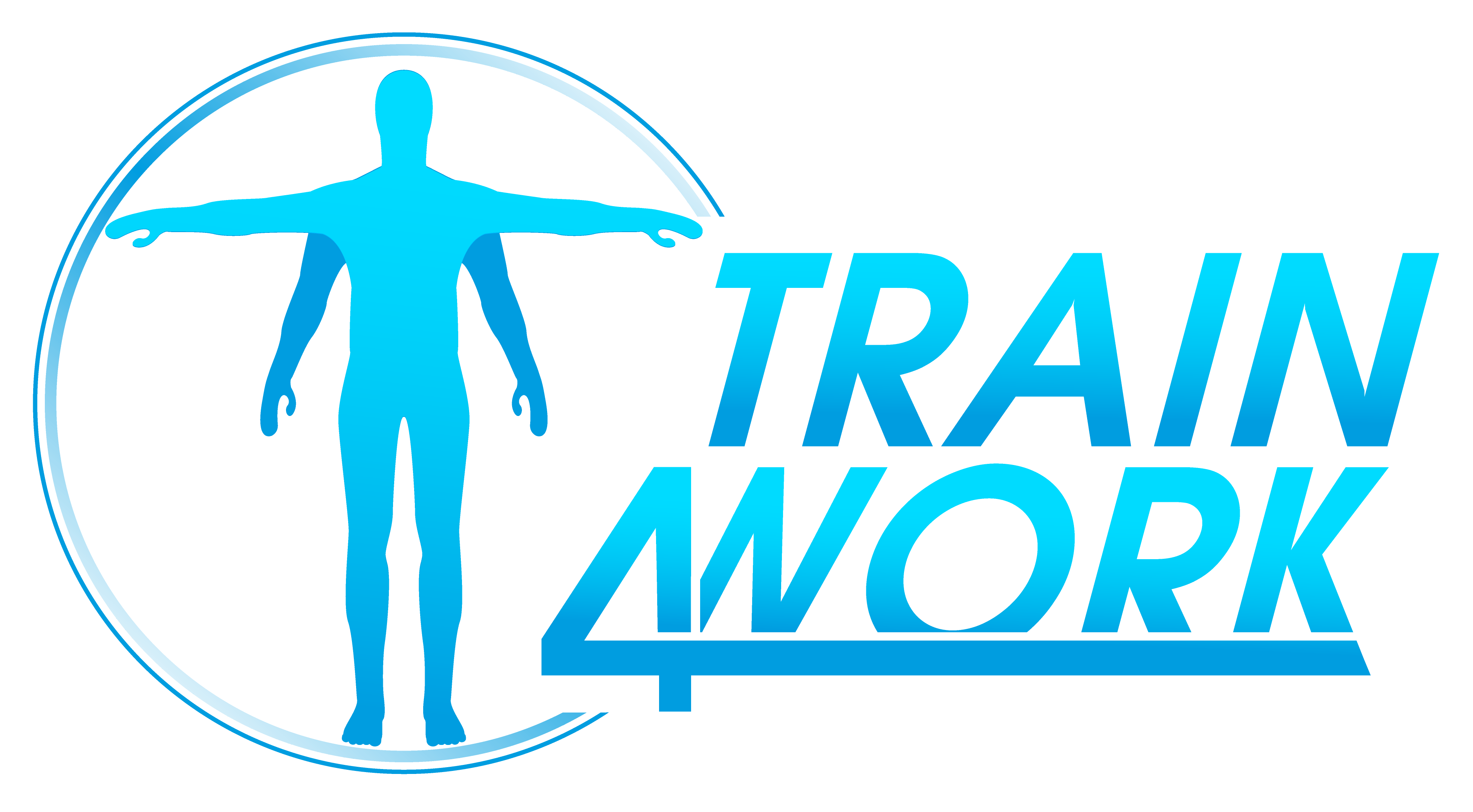What is ergonomics?
In August 2000, the Council of the International Ergonomics Association (IEA) adopted an official definition of ergonomics as shown below:
The discipline of ergonomics
Ergonomics (or human factors) is the scientific discipline concerned with the understanding of interactions among humans and other elements of a system, and the profession that applies theory, principles, data and methods to design in order to optimize human well-being and overall system performance.
Ergonomists contribute to the design and evaluation of tasks, jobs, products, environments and systems in order to make them compatible with the needs, abilities and limitations of people.
Within Europe, the title “European Ergonomist” is granted to people who have university level training in ergonomics and at least three years of experience. For further details see the website of the Centre for Registration of European Ergonomists (CREE). This is the only professional title recognised by FEES and the International Ergonomics Association for ergonomists in Europe.
Domains of specialization
Derived from the Greek ergon (work) and nomos (laws) to denote the science of work, ergonomics is a systems-oriented discipline which now extends across all aspects of human activity. Practising ergonomists must have a broad understanding of the full scope of the discipline. That is, ergonomics promotes a holistic approach in which considerations of physical, cognitive, social, organizational, environmental and other relevant factors are taken into account. Ergonomists often work in particular economic sectors or application domains. Application domains are not mutually exclusive and they evolve constantly; new ones are created and old ones take on new perspectives.
There exist domains of specialization within the discipline, which represent deeper competencies in specific human attributes or characteristics of human interaction. These domains of specialization are broadly the following:
- Physical ergonomics is concerned with human anatomical, anthropometric, physiological and biomechanical characteristics as they relate to physical activity. (Relevant topics include working postures, materials handling, repetitive movements, work related musculoskeletal disorders, workplace layout, safety and health.)
- Cognitive ergonomics is concerned with mental processes, such as perception, memory, reasoning, and motor response, as they affect interactions among humans and other elements of a system. (Relevant topics include mental workload, decision-making, skilled performance, human-computer interaction, human reliability, work stress and training as these may relate to human-system design.)
- Organizational ergonomics is concerned with the optimization of socio-technical systems, including their organizational structures, policies, and processes. (Relevant topics include communication, crew resource management, work design, design of working times, teamwork, participatory design, community ergonomics, cooperative work, new work paradigms, virtual organizations, teleworking, and quality management.)






